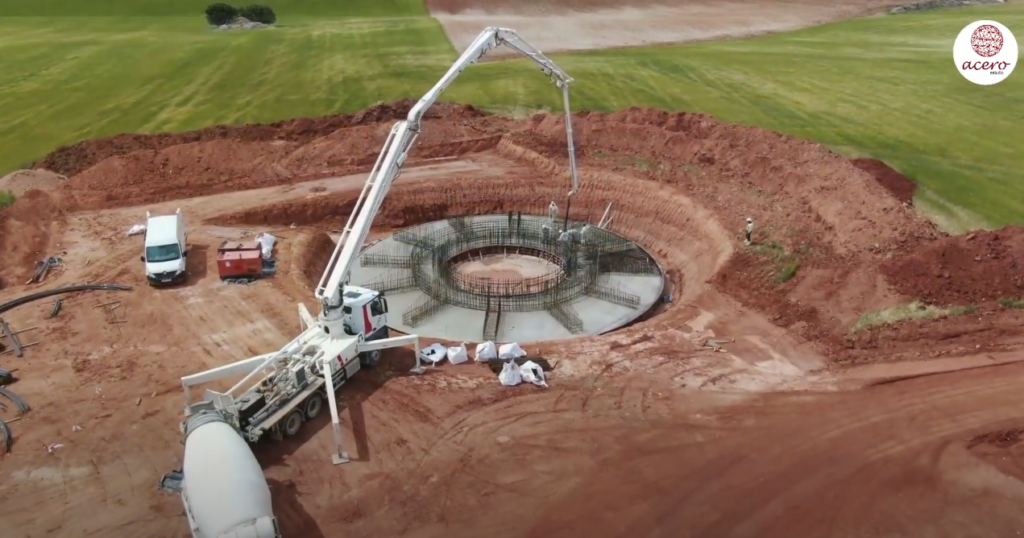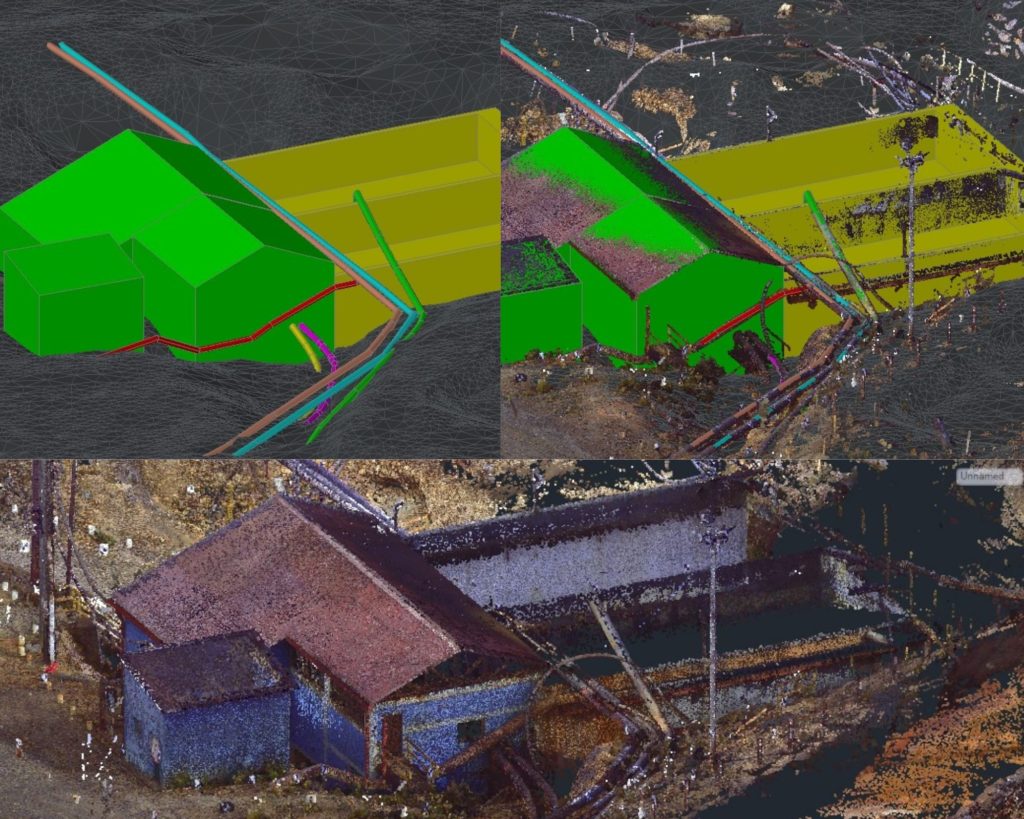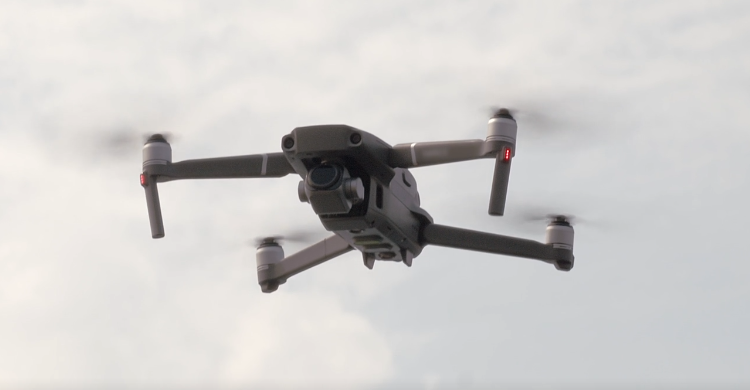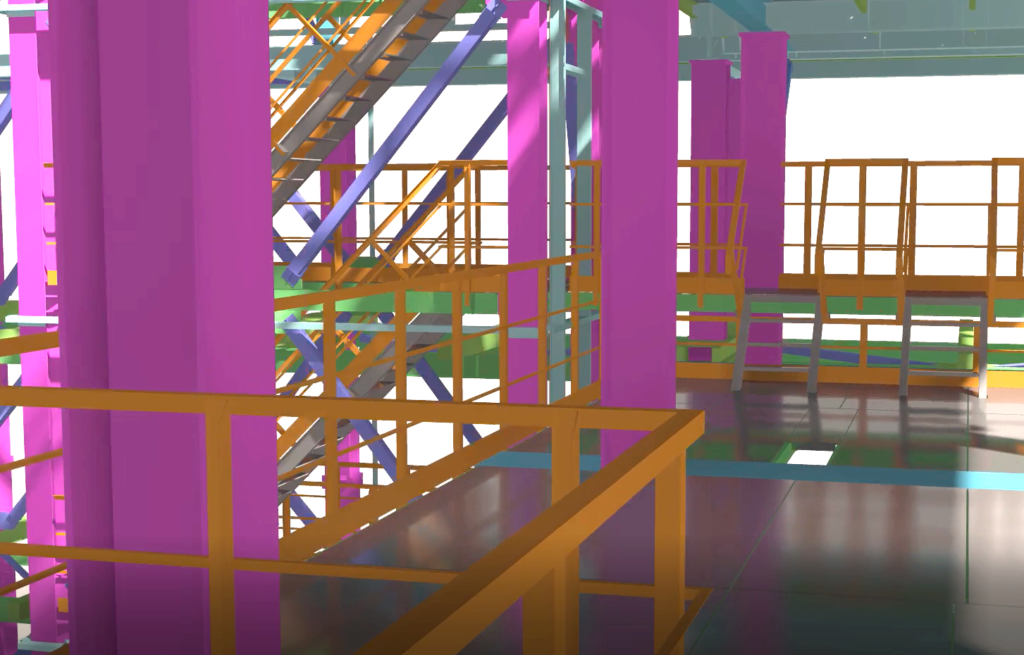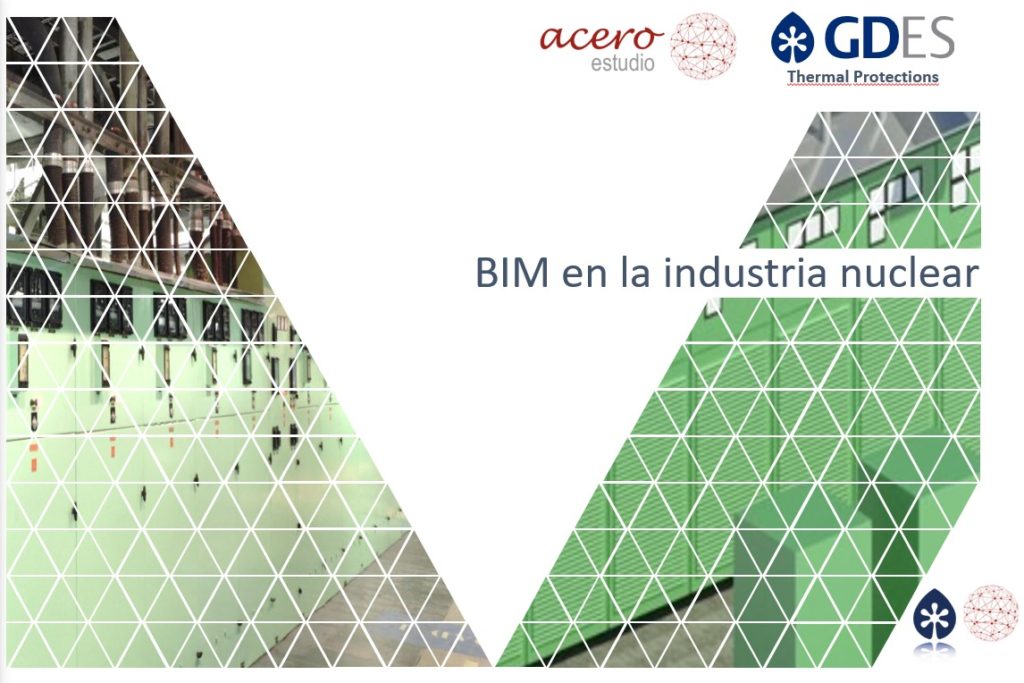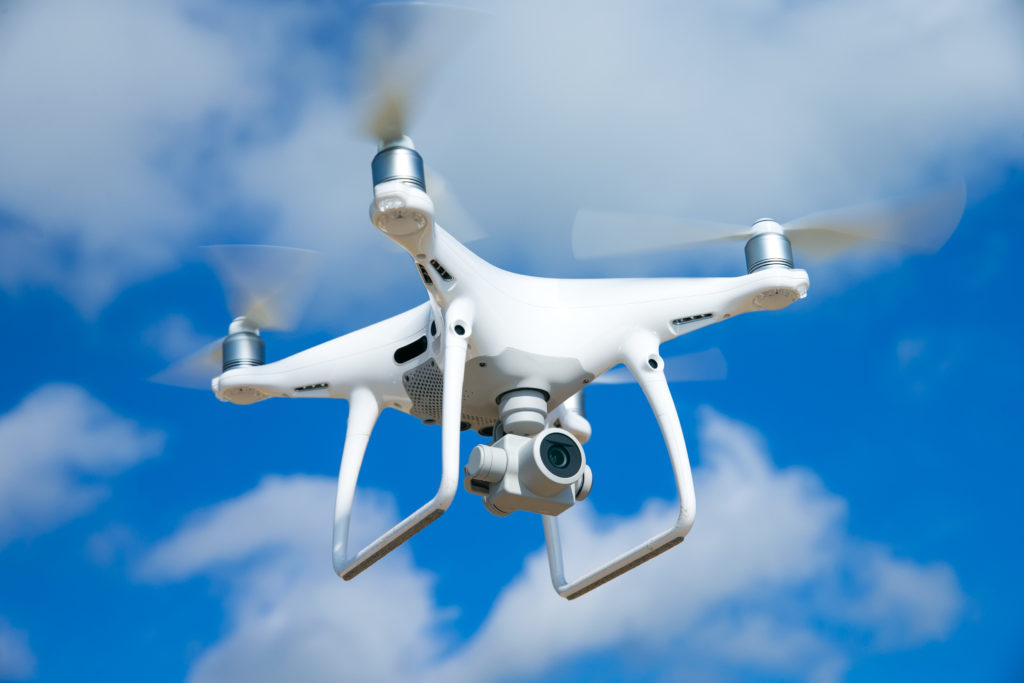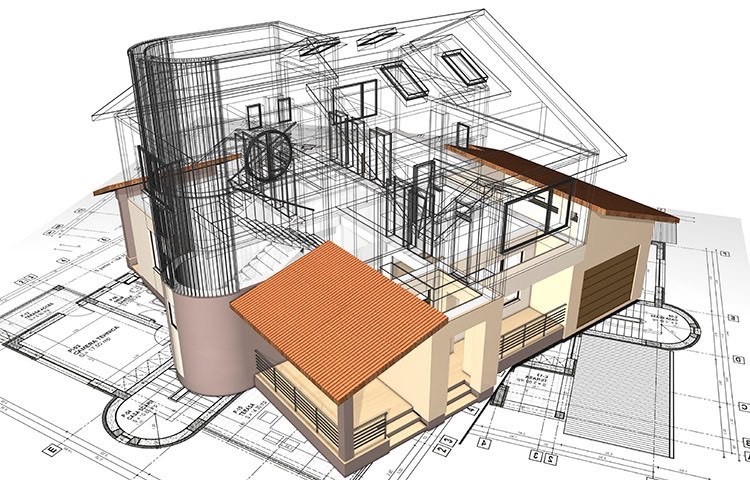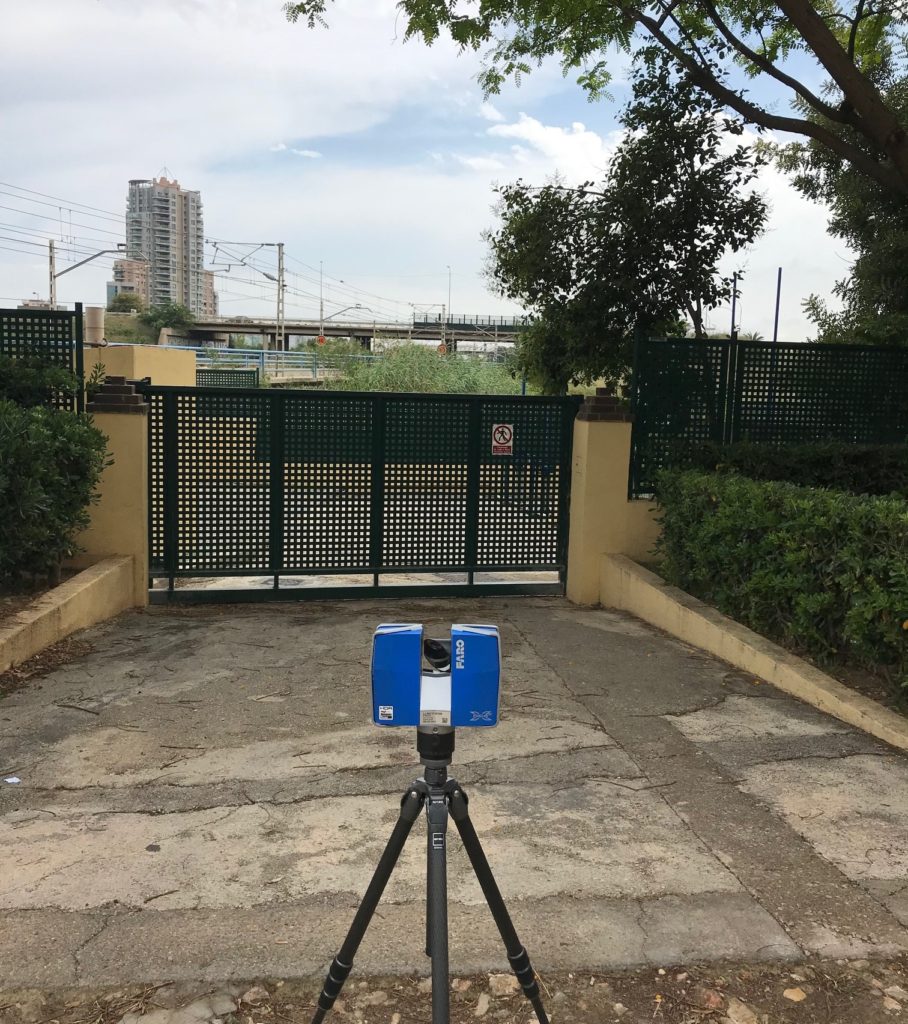The monitoring and inspection of construction sites with drones is being implemented as a valuable tool to document through drone flights the evolution in the execution of works.
Companies involved in the control and supervision of construction sites are increasingly opting for aerial supervision with drones during the construction process, mainly to perform four types of work:
1) Control of execution progress.
2) Verification of geometry.
3) Obtaining corporate and/or advertising videos.
4) Detailed images of singular elements.
Our aerial monitoring, inspection and supervision services of works with drones, both outdoors and indoors, allow a complete tracking of the work. The main advantages of this technology include the following:
– It contributes to know the pace of execution.
– It increases and improves the quality and quantity of graphic documentation in different phases of construction.
– Minimizes costs, by acquiring more information in less time.
– Improves safety by reducing accessibility difficulties and avoiding risks for the team that carries out the inspection.
In Acero Estudio we have a team of drones and experienced pilots, trained to develop any type of project, which allows us to guarantee the optimal result of the contracted works, as well as to offer all the experience accumulated in the sector in each of the works in which we participate. Through data acquisition, we carry out an accurate study of the area and its needs, according to the current UAS regulations in Spain applied by the State Aviation Safety Agency (Agencia Estatal de Seguridad Aérea, AESA).
We have already carried out several projects in this field, including the supervision of the wind farm GECAMA (Generación Eólica de Castilla-La Mancha) in Cuenca, specifically in the municipalities of Atalaya del Cañete, Cañada Juncosa, Honrubia and Tébar, where the application of this technology is bringing many benefits for the different collaborators.
Hiring a drone service is an excellent investment for companies in any industry. This technology is used throughout the entire project execution, from feasibility and bidding to handover and maintenance, so do not miss the opportunity to apply it whenever you can in any type of work.
We would like to thank GECAMA, TYPSA and Enlight for the trust placed in our team to carry out this activity.


